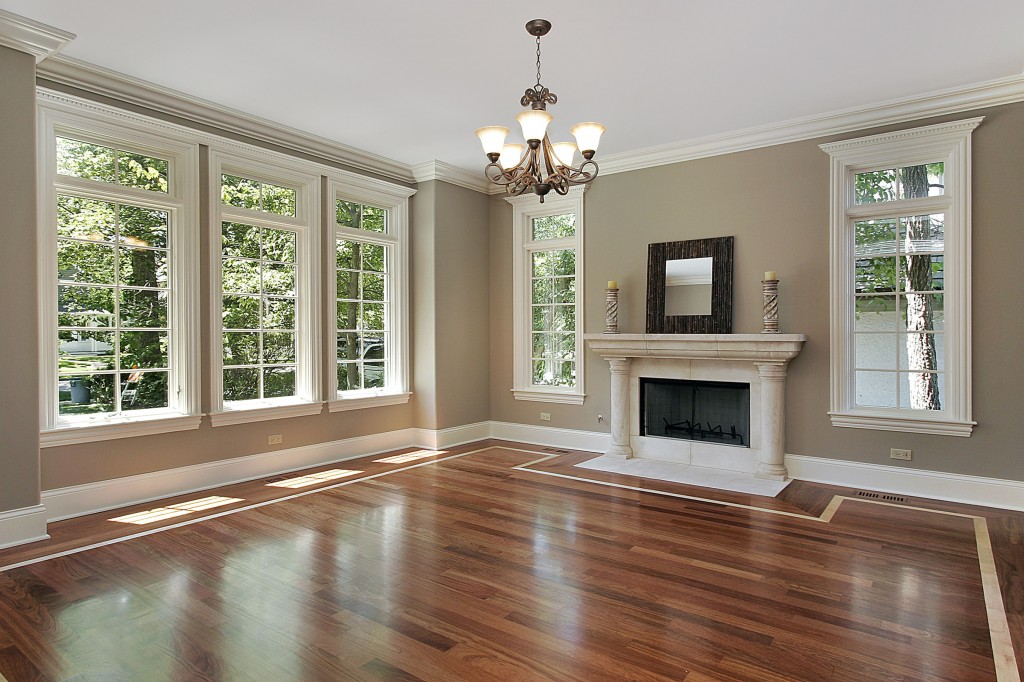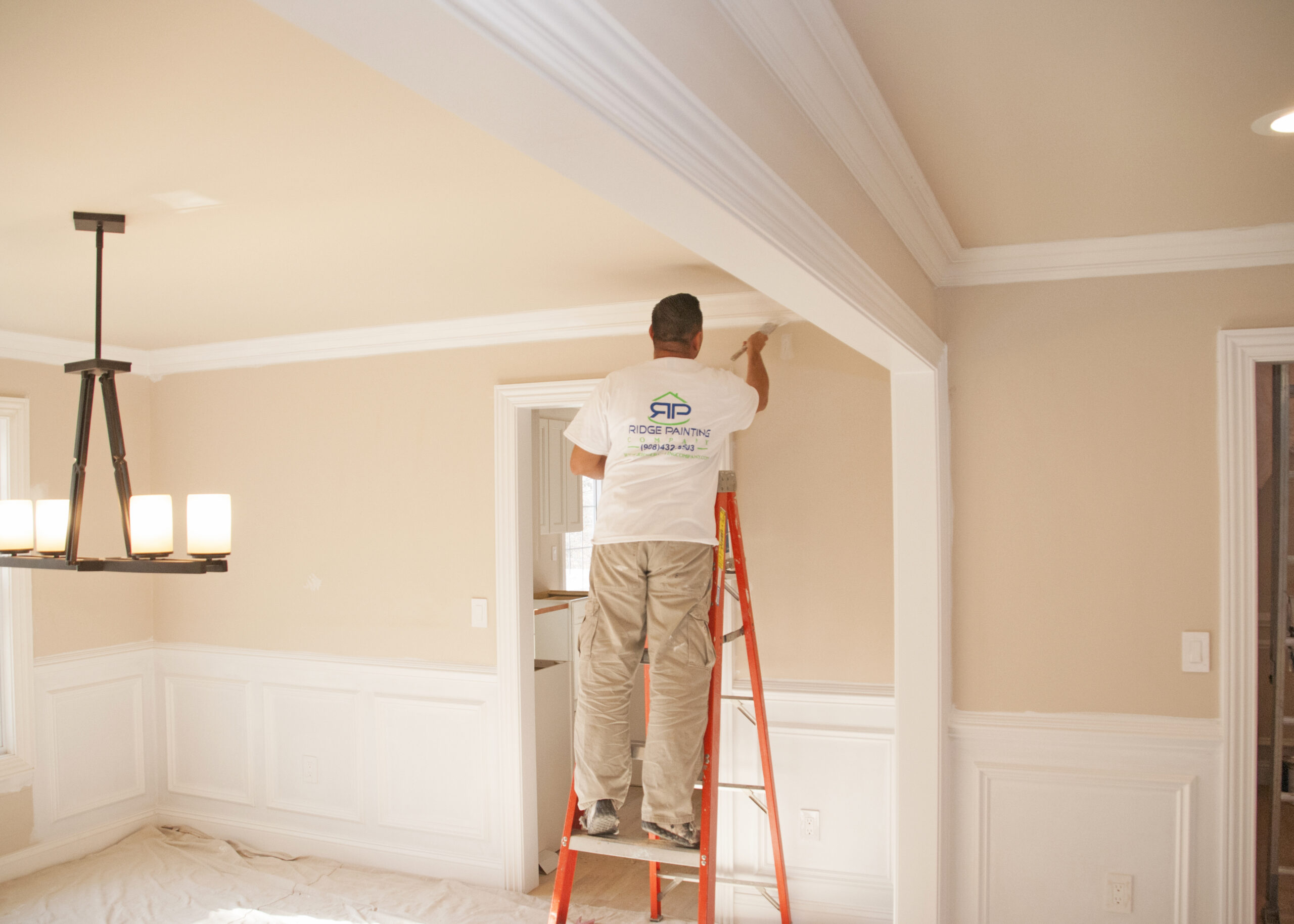Lakewood Interior Painting: Expert Services to Refresh Your Home’s Style
Lakewood Interior Painting: Expert Services to Refresh Your Home’s Style
Blog Article
Enhance Your Inside Design With Comprehensive Color Consultation
The integration of color assessment right into interior style provides an one-of-a-kind possibility to refine and raise the visual and emotional resonance of a space. By involving with a seasoned color consultant, you can browse the complexities of shade choice, ensuring that your choices not just enhance architectural features yet likewise resonate with individual design and emotional impact.
Benefits of Color Consultation

In addition, color examination aids in optimizing all-natural light and enhancing spatial perception. Lighter shades can make a space show up more extensive, while darker tones develop an intimate setting. Cleveland Metro Painting Specialists. This tactical application of color can dramatically influence the overall setting of any type of interior space
Furthermore, expert experts have an extensive understanding of ageless classics and existing patterns, making sure that the picked colors will stay attractive over time. This insight can conserve customers from expensive redesigns in the future. Color assessment equips customers by offering them with a clear vision and direction, fostering self-confidence in their style selections and eventually leading to an extra successful and gratifying indoor layout outcome.
Understanding Color Psychology
The importance of color psychology in interior decoration can not be overstated, as it looks into the emotional and psychological results that different colors can evoke in people. Colors can influence state of mind, habits, and even efficiency, making them a crucial factor to consider in any type of style job.
For circumstances, warm shades such as red, orange, and yellow are frequently related to power and warmth. They can promote sensations of enjoyment and comfort, making them suitable for social spaces like living spaces or kitchen areas. On the other hand, awesome shades like blue, green, and purple tend to evoke calmness and serenity, making them perfect for bed rooms or meditation areas.
Additionally, making use of neutral tones can produce a well balanced environment by allowing the bolder shades to attract attention without overwhelming the detects. Understanding these emotional influences makes it possible for developers to develop spaces that not only look cosmetically pleasing but additionally promote emotional well-being.
Integrating shade psychology into interior decoration involves a thoughtful option of colors tailored to the desired feature of each room, eventually boosting the overall experience for its passengers. This recognition is important for accomplishing a harmonious and practical indoor atmosphere.
The Color Wheel Explained
It makes up key colors-- red, blue, and yellow-- that can not be developed by blending various other colors. Tertiary shades result from mixing a primary and a secondary color, leading to shades such as blue and red-orange.
The shade wheel helps developers comprehend the relationships between shades, consisting of complementary, comparable, and triadic systems. Corresponding colors, positioned opposite each various other on the wheel, develop vibrant contrasts that can invigorate a room. Similar colors, located alongside each other, offer a cohesive and harmonious look. Triadic schemes use 3 equally spaced shades, providing equilibrium and visual interest.
Making use of the shade wheel in interior decoration not only boosts visual allure yet additionally stimulates specific feelings and atmospheres, making it a crucial reference for shade examination. Recognizing these partnerships eventually empowers designers to create rooms that are both useful and aesthetically fascinating.
Selecting the Right Scheme
Frequently, choosing the ideal scheme is a decisive element in achieving an effective indoor design project. A well-chosen color design can link a room, enhance its features, and evoke wanted feelings. To begin, think about the purpose of the area. Various spaces serve diverse functions and need palettes that reflect their intended usage; for read this article example, tranquil shades such as soft blues or greens work well in bedrooms, promoting relaxation.
Following, take into consideration the natural light offered. Light can considerably change just how shades appear, so it is important to analyze the area at different times of the day. Additionally, consider existing architectural components and home furnishings. A harmonious scheme needs to match these functions, developing a natural look throughout the room.
When choosing colors, use the 60-30-10 regulation, which recommends that 60% of the room ought to be a dominant color, 30% an additional shade, and 10% an accent shade. This ratio makes sure balance and aesthetic rate of interest (Cleveland Metro Painting Specialists). Finally, example shades on the walls prior to dedicating, as this permits you to see exactly how the hues connect with one an additional and the total setting they create in your interior style job.
Functioning With a Shade Specialist

When collaborating with a color professional, the process generally starts with a preliminary consultation. Throughout this conference, you'll review your vision, preferences, and the existing aspects in your room. The expert will certainly assess your demands and might advise details color combinations that line up with your goals.
After developing a direction, the professional will certainly offer examples and visual aids to aid you picture the suggested color design. This action is crucial, as shades can appear differently under varying illumination problems.
Additionally, a color expert can lead you in selecting corresponding home furnishings, artwork, and accessories to balance with your picked combination. By working together carefully, you can accomplish a polished aesthetic that boosts your interiors and produces an inviting ambience. Inevitably, the expertise of a color consultant can considerably boost the overall impact of your design project.
Conclusion
In recap, extensive color consultation acts as a crucial useful site tool for enhancing interior decoration. By leveraging expert expertise of color psychology and spatial characteristics, a tailored shade palette can be created to evoke certain emotions and produce an unified environment. This calculated strategy not just fosters a cohesive style story but also alleviates the threat of expensive redesigns. Inevitably, engaging with a color professional makes certain an educated and aesthetically pleasing result, elevating the general experience of the room.
By involving with a seasoned shade professional, you can browse the intricacies of shade selection, making sure that your choices not just enhance building functions however also resonate with individual style and mental influence. It consists of key colors-- red, blue, and yellow-- that can not be created by mixing various other shades.The shade wheel helps developers understand the relationships between colors, including corresponding, comparable, and triadic schemes.When selecting shades, utilize the 60-30-10 rule, helpful hints which suggests that 60% of the area ought to be a dominant color, 30% a secondary shade, and 10% an accent shade. By leveraging expert knowledge of shade psychology and spatial dynamics, a customized shade scheme can be developed to evoke certain emotions and develop an unified environment.
Report this page